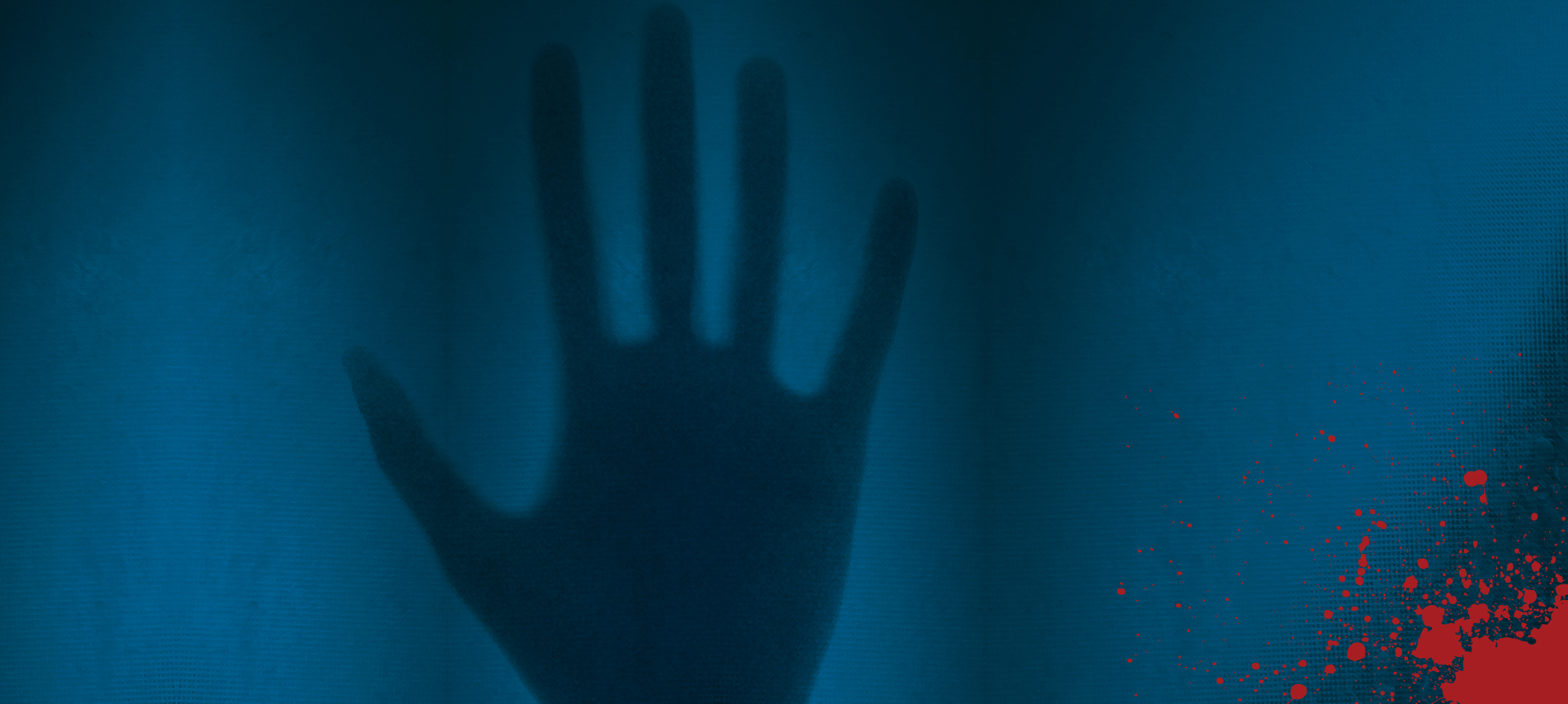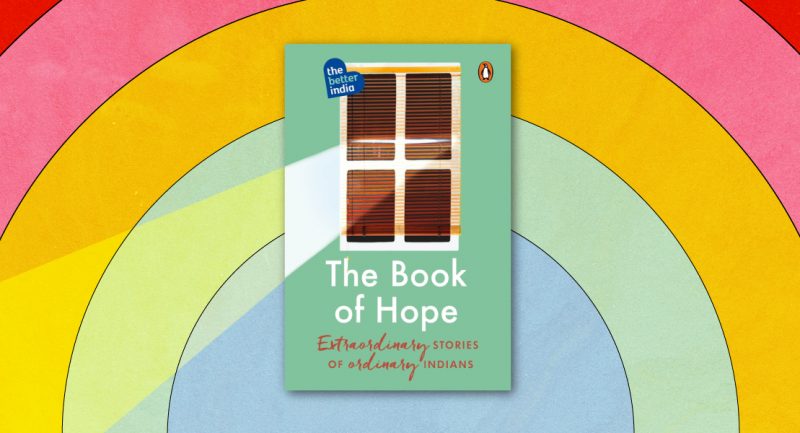
Before one plots a novel, a story or in a macabre sense even a heist or a murder, one must think of the idea leading to the plot. The plot in a sense is the body but the idea is the life breath, the very soul of the thriller.
In a psychological thriller, the psychology or the innermost workings of the mind creates the idea and the ecosystem of the novel. The idea in a psychological novel is in that sense very different from horror, action or the romantic genre where a certain degree of physicality of action is required to flesh out the story.
I would even go to the extent and say that the psychological thriller is a kind of elite art form because the challenge here is to hold the reader’s attention by action that to a large extent takes place in the mind rather than the physical world. This is no easy task because we live in a day and age where there are hundreds of short and crisp distractions offered by television, cinema, the net and various other channels of entertainment and information.
The psychological thriller can only compete with these art forms if the writer is both a skilled practitioner of plot as well an astute observer of human behaviour. A psychological thriller in the hands of a skilled writer is like mining a vein full of inexhaustible precious material. The same novel in the hands of a writer who pretends to understand human behaviour is like jumping in the sea with lead weights.
So, the idea of the novel and a sharp analysis of human behaviour are good enough to get one started with the psychological thriller. The next step is to create a narrative that is sure but unusual, simple but impregnated with complex ideas and the love for thrill, probably at the end or the beginning of each chapter.
The trick in the narrative is to constantly intrigue the reader and force him to guess or speculate what will happen next.
This method is relatively simple in an action or adventure novel. But we are dealing with mind games in the psychological thriller and an abundance of action or violence or blood and gore takes the impact out of the psychological genre.
So then how to meet this challenge? There are three ways we can rise to the challenge.
We deploy in a chapter the right mix of conversation, description and imagery to build an atmosphere of intrigue, uncertainty and dread. We polish our craft to such a degree that we hold back more than what we reveal. This is the key to a great psychological thriller. We must resist excess. We have to be frugal with our analysis and hold back unnecessary display of emotion. We need to leave the reader asking for more after each chapter.
One way we achieve all this is by the usage of economy of words. Sometimes to depict complex emotion and thought processes of the mind we need not give lengthy explanations. We can simply describe mundane action. The trick is that this mundane action should be written in a way that it sets the reader on an edge.
To give an example a woman highly stressed by her husband’s behaviour goes to the kitchen and sets the kettle to boil to make some tea for herself. To convey her state of mind I would write about how she selects the tea leaves and immerses them in the boiling water. I would show a single lock of her hair carelessly clouding her face. I would depict her pinched and determined face as she moves in the kitchen soundlessly making the tea. And finally, I would show her fill a cup with tea, stir it a bit longer than necessary and then with great deliberation throw the tea in the sink and quietly walk out of the kitchen. I would not comment on the situation or speak of her state of mind. Her mundane actions in the kitchen would do the talking for me. They would convey her state of mind.
The craft of writing a psychological thriller in a sense mirrors many aspects of fine cinema. The chapter should be broken down into many scenes. Each scene should make the reader walk a tightrope. This can be achieved when the scene is shot with tension, mundane but sharp description and cutting-edge, crisp, short and pithy dialogues relevant to the scene.
Many people erroneously believe that psychological thriller writing should be in a sense arid, lifeless to convey the workings of the human mind. I disagree. I am a great believer in using imagery in narrative. Use of imagery need not be florid or over the top. It needs evoke a multiplicity of emotions. Again, to give an example we can show in a conventional image a dead body floating in the water which evokes a feeling of sadness or revulsion. But the better way would be to show a tattered shirt or a saree minus the body, floating across the water. Such an image creates doubt, horror, fear and so many different emotions.
The plotting of the psychological novel therefore incorporates myriad elements of dialogue, description and imagery but constantly our endeavour must be to hold back and keep the reader guessing.
A reviewer for my new book, Fear is the Key, commented (views available on Amazon) that long after she had read my book she kept thinking of various ‘scenes’ from the book which were almost like troubling images that refused to go away.
Without sounding immodest, I think that should be the endgame and end goal of the writer who attempts a psychological thriller. In a single word if we can get the reader somewhat disturbed and contemplative after reading the book then in a certain psychological sense we have touched some deep chords in the reader and we might have just succeeded in our endeavour of writing a book of the mind.
——————-
Juggi Bhasin was one of the first television journalists in India. He has worked with Doordarshan News and Lok Sabha Television as a reporter and anchor. Bhasin is the creator of the popular graphic novel Agent Rana, which appears in a major national daily.
His new book, Fear is the Key will continue to give you chills long after you have read it.










